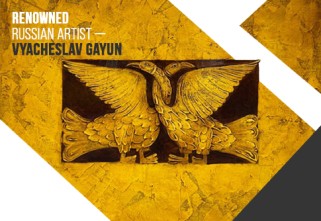From Vernissage to 'Slow Art': How the Rhythm of Art Fairs Is Changing
Over the five days of the fair, which concluded Sunday, this pattern of deliberate, unhurried decision-making defined the event for many galleries. In an art market often characterized by high stakes and quick transactions, this fair demonstrated a different, more measured rhythm—one where collectors and first-time buyers photographed works, left, discussed them with family, and returned days later to make a purchase.
"The immediate 'yes' is becoming rarer, and we see that as a strength," noted a representative from Baranow Art Gallery, which reported eight sales from its booth. "It indicates deeper engagement. Art ceases to be mere decoration; it becomes a conversation piece, a thoughtful addition to life. People are giving themselves permission to think it over."
The Quiet After the Opening: Why the Second Day Mattered More Than It Seemed
The Buyer's Return: How the Final Deal Was Sealed
"You see a person standing before the same piece they were considering on Thursday," the gallery representative remarked. "Their internal journey is complete. They've done their research, their emotional homework. The decision, when it comes, is confident and often joyful."
Week's Results: Eight Sales and a New Understanding of Audience Dialogue
In total, Baranow Art Gallery reported eight works finding new owners—a success they attribute not to aggressive sales tactics but to creating an environment for connection and thoughtful decision-making. The model emerging in Stockholm indicates a maturation of the affordable art sector, where the path to ownership is valued as much as the object itself—a quiet but significant trend in how a new generation of collectors chooses to bring art into their lives.




